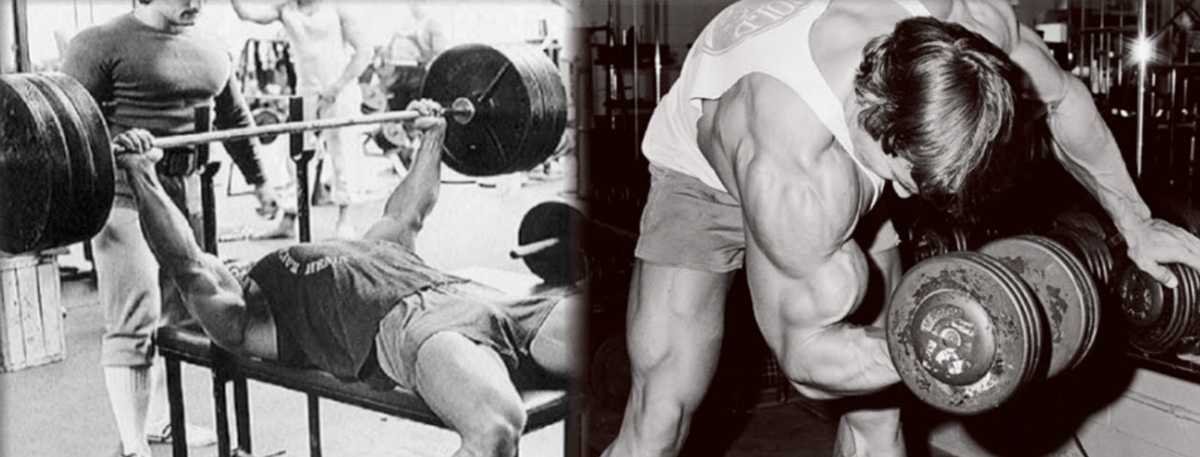Compound vs Isolation Exercises (Full Guide)
Written by The Boostcamp Editors
The Ultimate Guide to Compound vs Isolation Exercises
When it comes to your progress in the gym, whether you are a bodybuilder, powerlifter, or Olympic weightlifter, you are going to want to be moving forward, right? Whether you want to put on more muscle mass or deadlift 800 pounds, or even snatch 315 pounds, you have goals that you want to hit. That being said, most training programs will cater to your goals, whether that be strength or hypertrophy, and they will incorporate a mix of compound exercises and single muscle isolation exercises. But, which type of these exercises is more effective?
What are Compound Exercises?
Compound exercises are those that involve multiple joints and muscle groups. The most common compound movements that you will see in a training program are the squat, bench press, deadlift, overhead press, bent over rows, dips, and pull-ups.
What are Isolation Exercises?
Isolation exercises are those that involve a single joint and muscle group. A few common isolation movements are the bicep curl, dumbbell lateral raise, leg extensions, sit ups, tricep pushdown, and many gym machine exercises.
Examples of Compound Exercises
Now, let's take a look at some compound exercises to give you an idea of what we are talking about.
Barbell Squats
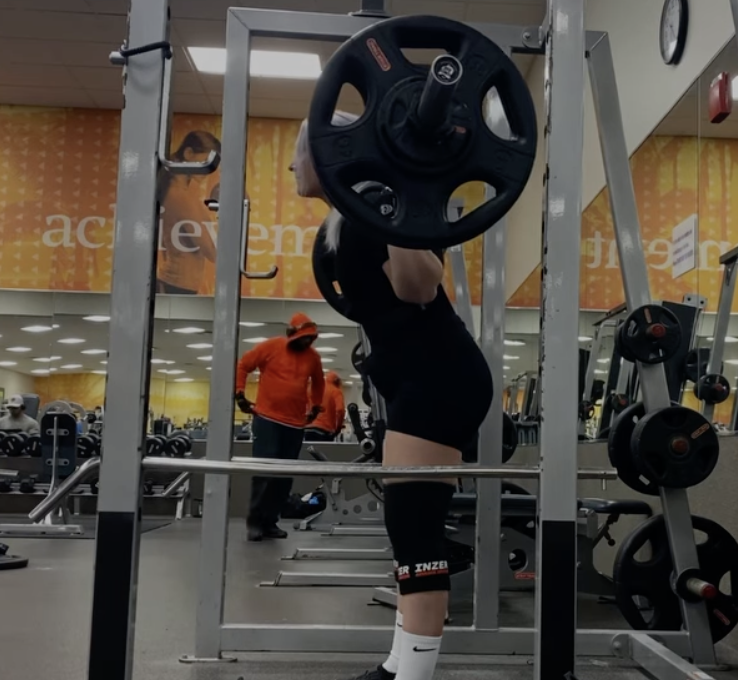
The barbell squat is one of the most common compound exercises for legs besides the leg press and the hack squat. It is used by all athletes, from bodybuilders to strength athletes, and is effective for building muscle mass in the legs, as well as increasing strength.
Muscles worked: hamstrings, quads, glutes, adductors, lower back
Barbell Bench Press
The barbell bench press is another common compound lift amongst all fitness enthusiast, as it is a great test of strength and helps to add muscle mass in the pectorals and triceps.
Muscles worked: chest, triceps, shoulders
Examples of Isolation Exercises
On the contrary to compound exercises are the isolation exercises, so let's dive into some examples of some of these.
Dumbbell Bicep Curl

Source: https://www.strengthlog.com/
The dumbbell curl is perhaps one of the most common isolation exercises for the biceps, and it is used by many athletes on many different programs. While the dumbbell curl slightly recruits the forearms, depending on your variation of it, it is still an isolation exercise as the biceps are mostly isolated. Another example of an isolation exercise is the hamstring curl, also known as the leg curl, where the only moving joint is the knee, and the isolated muscle group is the hamstrings. This allows a more targeted approach to training, placing a key focus on the hamstrings. One other example of an isolation exercise is the barbell curl, which is a classic movement utilized by bodybuilders and recreational athletes alike. To perform the movement, a loaded barbell is grasped with an underhand grip and curled up toward the face while keeping the upper arms parallel to the torso.
Muscles Worked: Biceps, forearms
Pec Deck
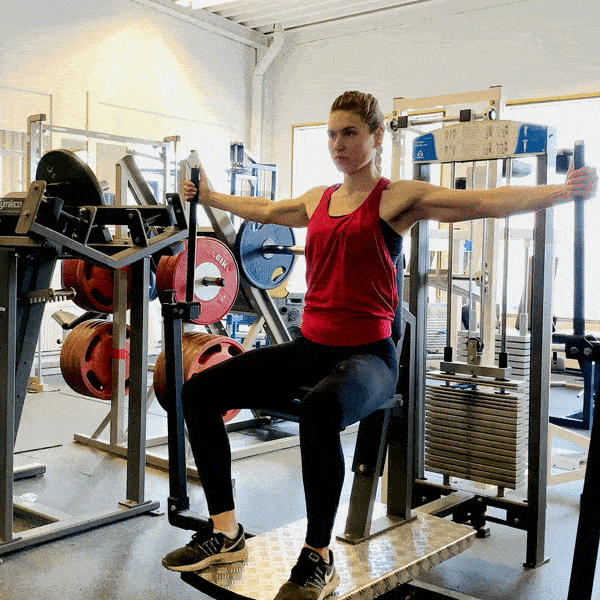
Source: https://www.strengthlog.com/
The pec deck, also known as the machine chest fly, is an isolation exercise for the chest. Sure, the barbell bench press is a great exercise to hit those pectorals, but the incline bench dumbbell fly really stretches the muscles out and makes it so the strain is entirely on the chest.
Muscles Worked: Pectorals
Compound Exercises vs Isolation Exercises, Which is Better?
Short answer: both. Compound and isolation exercises are equally important in a well-rounded workout routine. If your goal is to build muscle (hypertrophy), the latest research recommends choosing 1-2 compound exercises and 1-3 isolation exercises for each muscle group during a workout, almost like a powerbuilding approach to training.
Compound vs Isolation Exercises for Mass and Hypertrophy
Both compound exercises and isolation exercises are important for muscular hypertrophy. Compound exercises are better for developing overall body musculature and overall strength as it is the most efficient for building a ton of volume, a critical factor for muscle growth to a greater extent. There is a reason why powerlifters who can squat 500 lbs all have incredibly developed leg muscles. There is a reason why the most popular and proven gym programs over the past decade, like PHAT, PHUL, and Starting Strength, all feature compound lifts such as the back squat, as an example of a compound exercise, in every training session.
Isolation exercises are important for developing specific muscle parts such as weak points. They are excellent choices for adding training volume for a muscle, without causing whole body systemic stress like compound movements. Isolation exercises, such as the leg extension, are also excellent for developing “mind-muscle connection” in specific muscle groups like the quadriceps. For example, I often barely feel my chest on the classic barbell bench press, even though I know I’m using the muscle. But if I hit a set of machine pec flies, I feel incredible contraction in my chest while in a seated position.
Best Workout Programs With Both Compound and Isolation Exercises?
Read the most popular free workout routines from Reddit, which will give you a list of all the best free gym programs, most of which you can find for free on the Boostcamp App.
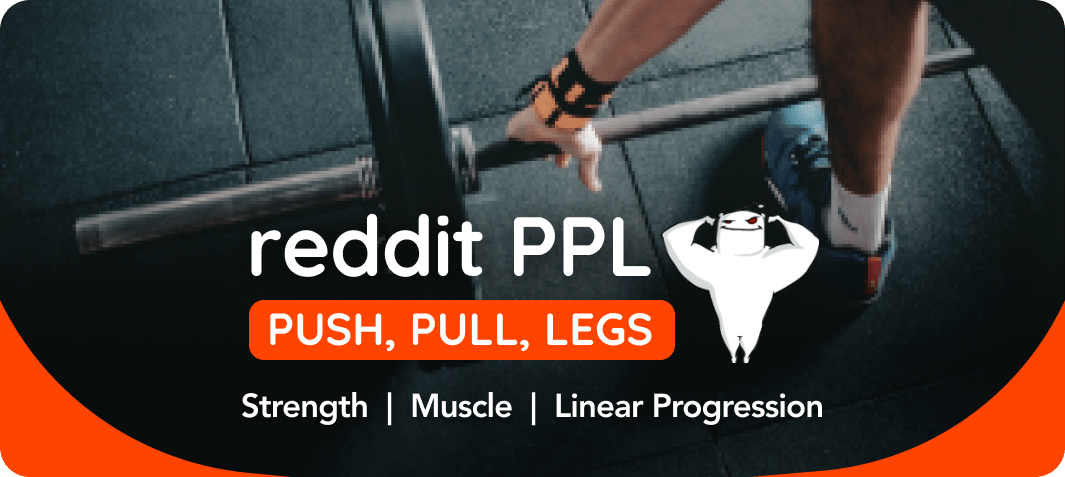
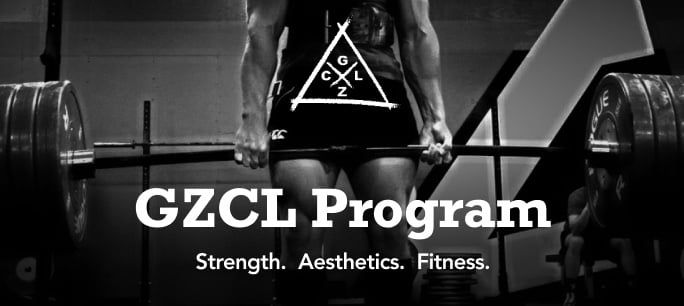

PHAT (Power Hypertrophy Adaptive Training)
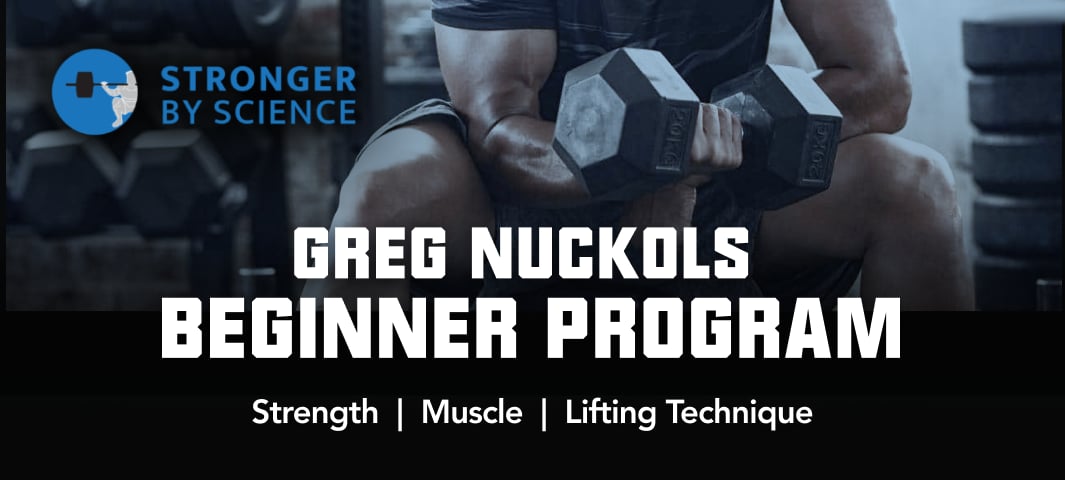

Why do Compound Exercises?
So why even bother with compound exercises? Let's break down the pros and cons of exercises that recruit multiple muscles and joints.
Pros of Compound Exercises
More efficient. Since compound exercises let you train multiple muscles at the same time, you can accumulate training volume for multiple muscle groups simultaneously. For example, bench press will hit your chest, shoulders, and triceps at the same time. Whereas you would have to do 3 isolation exercises to hit those muscle parts separately.
More weight. Since compound exercises allow for greater loading, it allows you more room to progress weight on the bar incrementally. This is called progressive overload and is critical for making long-term progress. For example, as a beginner lifter you can keep increasing weight for squats by 5 lbs for many months before you get stuck (e.g., you start at 95 lbs, you can add 5 lbs every week for over half a year to get to 225 lbs). But if you are doing curls, your room to increase weight is very small.
More transferable. Since compound exercises train multiple muscles at once, it teaches your body to work as a unit to produce force. There is a reason why you see athletes in almost every sport perform compound movements like barbell squats, which will transfer over much better to general sports performance than a dumbbell curl.
Cons of Compound Exercises
Harder to learn. Since compound exercises require you to coordinate multiple muscle groups at once, it can be harder to learn the proper form as compared to isolation exercises. When done incorrectly, compound exercises can result in greater chances of injury.
Less targeted. Compound exercises hit multiple muscle groups at once, which means you are not specifically targeting one specific muscle group. For example, if your goal is to just get bigger shoulders, doing bench press will also train your chest and triceps, not just your shoulders. Or if you have a specific muscular weak point you want to address, then you should do isolation exercises that will hit that better.
(Potentially) more injury risk. Since compound movements require much more coordination, the chance of something going wrong is also higher. For example, if you had already done hard abs training, doing deadlifts after with an already tired core can potentially result in form breakdown, which can cause injury. That said, no one should be doing exercises in that order, and isolation exercises can also lead to injury. As long as you follow a properly designed training routine and avoid ego-lifting, you should be OK.
Why do Isolation Exercises?
Just as the compound exercises, let's break down the pros and cons of isolation exercises and see why they are worth it.
Pros of Isolation Exercises
Easier to learn. Since isolation exercises only require you to use one muscle at a time, it can be much easier to learn proper form as compared to compound exercises. This is why in the Greg Nuckols Beginner Program, a free newbie gym program on Boostcamp, all the exercises default to machines, because they are much easier to learn for people than compound exercises.
More targeted. If you want to target a specific muscle group to bring up a weak point (or you just love it), then choose an isolation exercise. If you want to feel the mind-muscle connection, using an isolation movement will allow you to focus your entire mind on the contraction of the muscle. Since compound exercises work so many muscles at once, it can be harder for beginners to develop a feel for the muscle.
(Potentially) less injury risk. Since isolation movements generally use one muscle group at a time, or are done using gym machines, the chance of injury can be lower than compound exercises.
Cons of Isolation Exercises
Less efficient. Since isolation exercises only let you hit one muscle at once, you’ll need to spend a lot more time in the gym to accumulate the same training volume as compared to compound movements. For example, bench press will hit your chest, shoulders, and triceps at the same time. Whereas you would have to do 3 isolation exercises to hit those muscle parts separately.
Less weight. Since isolation exercises allow for less loading vs a compound exercise (think a 30 lb dumbbell curl vs a 200 lb squat), there is less room for you to progress weight on the bar incrementally. This might mean you can induce less progressive overload, which means slower progress in the gym.
Less transferable. Since isolation exercises only target one muscle, it doesn’t teach your body to move in unison. This is why compound exercises will always be in the arsenal of athletes, whereas isolation exercises may not. That said, isolation exercises do have their place in an athlete’s training, such as for bringing up weaknesses or working around injuries.
Workout Programs
Now, if you are looking for some workout programs that incorporate both compound and isolation exercise, they can be found right on the Boostcamp App, you can check out plenty of other workout routines on Boostcamp! You can choose from over 50 free pre-written workout programs, with several variations of popular splits like the upper lower and push pull legs splits, as well as programs designed for strength athletes like powerlifters and even Olympic lifters or strongmen.
However, you do not have to choose a pre-written program if that is not something you want, as you are able to create your own workout program that caters specifically to your goals. You can track your workouts and make sure that you are heading in the right direction, like your own personal trainer.
Compound vs. Isolation Exercises Wrap Up
Overall, compound and isolation exercises are both great for your workout programs. They both bring their benefits, and are crucial for your progression. When it comes to finding the proper programs that incorporate compound and isolation exercises, take a look at Boostcamp!
Be sure to follow Boostcamp on Instagram and subscribe on YouTube!

